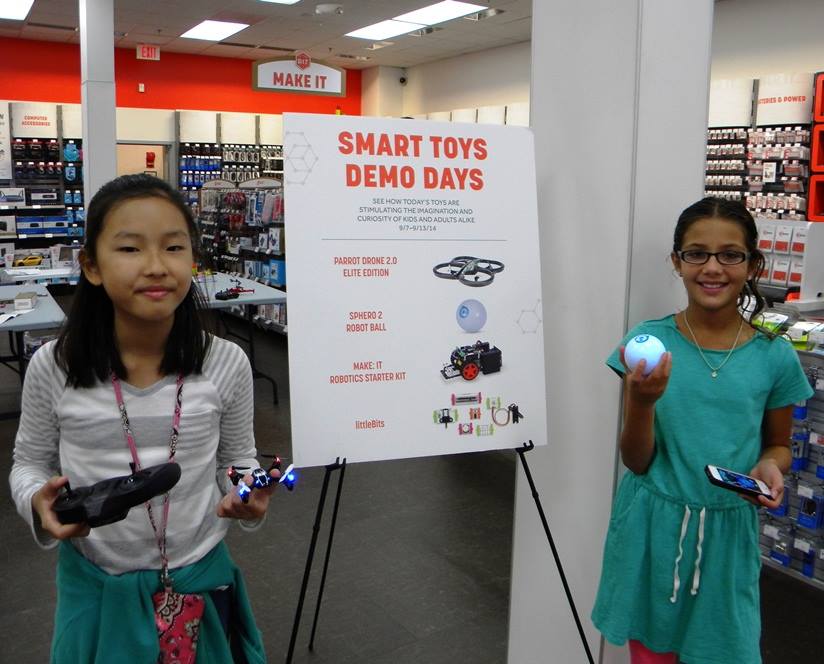Application Deadline: February 1, 2015 (midnight PST)
Term of Service: June 2015-2017
The following CSTA Director positions will be vacated on May 31, 2015. We encourage interested CSTA members to apply or to encourage other qualified members to submit an application. Late nominations will not be accepted.
The CSTA Board is a working Board. All Directors are required to attend two face-to-face Board meetings per year (including the combined Board Meeting and CSTA Conference on July 12-17, 2015) and are expected to contribute meaningfully by participating on at least two committees. Directors are required to participate in the following Board events in Grapevine, Texas:
- July 12, 2015: New Board Member Orientation
- July 13-14, 2015: CSTA Annual Conference
- July 15, 2015 CSTA Committee Meetings
- July 16-17, 2015: Full Board meeting
Vacancies:
- K-8 Representative (1 position): a classroom teacher who is currently teaching or promoting computer science at the pre-high school level.
- 9-12 Representative (1 position): A 9-12 classroom teacher who is currently teaching computer science at the high school level.
- At-Large Representative (1 position): An educator with responsibilities for K-12 CS education.
CSTA is dedicated to promoting diversity in K-12 computer science education as well as on its Board. We strongly encourage all qualified individuals to apply. The Nominations and Elections Committee of the CSTA Board will select the two best-qualified applicants in each position for inclusion on the ballot.
Nominations deadline: February 1, 2015.
How to submit your application
1. Download the 2015 CSTA Nominations Form at http://csta.acm.org/About/sub/AboutFiles/2015Election.html.
2. Complete the Nominations Form.
The form includes the following information:
- Position for which you are applying
- Your Name
- Address
- School or Employer
- Current Title/Role
- Email Address
- Phone Number
- Personal Statement that explains your motivation and why you are a strong candidate (limited to 130 words).
- Answers to the following four questions (no more than 100 words each):
- What experiences and/or interests in K-12 computer science/information technology education qualify you to serve as a leader for the organization?
- What previous experience do you have with CSTA?
- What leadership skills do you have that would enrich the Board and the organization?
- What do you think are the most important issues for K-12 computer science education?
3. Submit the completed Nominations Form and your current résumé of experience to the Elections Committee by emailing them to nominations@csta.acm.org. The documents may be submitted in Microsoft Word or PDF format; PDF is preferred.
Each candidate’s personal statement and answers to the four questions will be posted on the CSTA website and included on the ballot. Statements will be truncated at the word-count limit if necessary. The candidate’s résumé will not be made public.
Ballot distribution: The election will take place online, beginning April 2, 2015. All CSTA members in good standing will be eligible to vote.
Voting deadline: The election will close May 4, 2015.
Election results: Results will be posted by May 15, 2015.
Please send election related questions to:
Deborah Seehorn, Nominations and Elections Committee Chair, nominations@csta.acm.org


